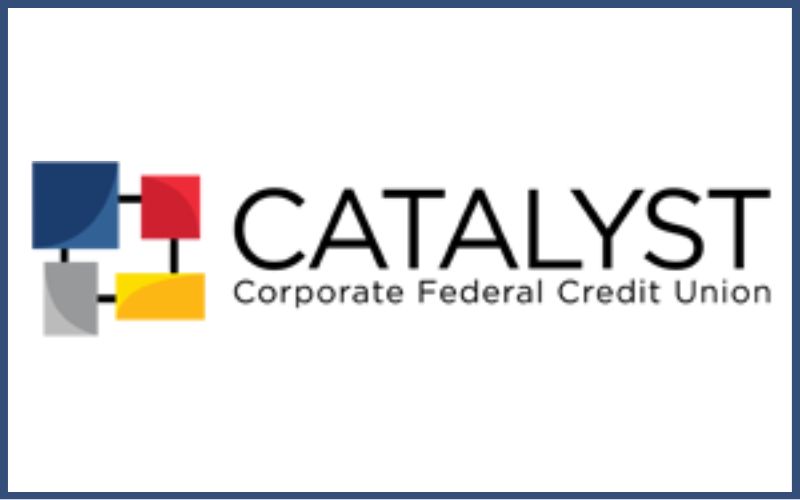The Case for Investing with Tight Liquidity and an Inverted Yield Curve
Posted by Ben Shuey on January 24, 2023

Credit Union portfolio management is crucial to the longevity of a credit union, but has become riskier in recent years. GoWest Solutions partner, Catalyst, knows this and brought in their resident expert, John Kirby, investment officer, to provide insight to why investing now might be the right decision for your credit union.
Think about the state of interest rates for the 10 years before 2022. The world spent almost the entire decade between 2000 and 2010 in a zero or near-zero rate environment. Japan even had negative rates for the better part of that span, and only now have they started increasing.
Take note of your credit union’s investment options over that same span. Two percent yields were a big deal and, as recently as the first half of 2019, credit unions couldn’t buy enough 3% yielding mortgage-backed securities (MBS)/collateralized mortgage obligations (CMOs). Then the pandemic hit, the Federal Open Market Committee (FOMC) zeroed out rates and credit unions were left to invest much of their cash at sub-1% yields for over a year.
Fast forward to 2022, and the FOMC raised rates more than 4% in less than 10 months. After witnessing record mortgage refinances throughout 2021 due to record low rates, in under a year, credit unions were then facing worst-case scenarios. As a result of the quickest, most volatile rate increase in history, 300-basis-point increases in loan and MBS portfolios exposed them to a litany of interest rate risk that was effectively impossible to avoid.
At the end of 2022, 5% was the expectation for many credit union investors, but most of the demand and higher rates were on the short end of the yield curve. Many credit union investors stay at or below 1-year maturities on their investment purchases. Intuitively that makes sense, but an argument can be made for locking in some 4%+ yield for the next 4-5 years.
The 6-month to 10-year yield curve is currently inverted by over 100 basis points, the largest inversion of its kind. It’s likely the FOMC will continue to raise interest rates until inflation comes down, recession be darned. Those two factors are likely to lead to a reduction in rates over the next 1-2 years. Relative to the 1-3% returns that had become the norm the last 10 years, it seems like having a percentage of a credit union’s assets earning a fixed 4% over that time would be beneficial.
The point is that credit unions have enough information to expect rates to fall in the near-term, so what’s the harm in committing cash to secure a fixed rate of return for when conditions do turn south.
“I’ll tell you the problem. I have no cash,” replied a credit union portfolio manager. That’s a familiar story, as loan demand remains strong in most regions and share levels have begun to fall in other regions. Since recessions create liquidity, using sparse cash to lock in strong rates will better serve the investment portfolio over the long term. Sure, a Federal Deposit Insurance Corporation (FDIC)-insured 5% CD for one year looks great right now, but what if the recession hits before that CD matures and you’re left to invest at the prevailing rate.
Adding duration at the end of a rate cycle is a prudent aspect of balance sheet management. The move may seem difficult for many to justify at this time, but the rewards will manifest farther down the road if you believe that conditions will turn south eventually; these actions position your credit union to maintain profitability through the difficult times.
Catalyst Corporate’s brokerage team offers a wealth of knowledge and experience to help your credit union effectively manage its investment portfolio through varying economic environments. To find out how they can help you in 2023 and onward, contact Catalyst or reach out to your GoWest Solutions team for more information.
Posted in GoWest Solutions, Top Headlines.


















